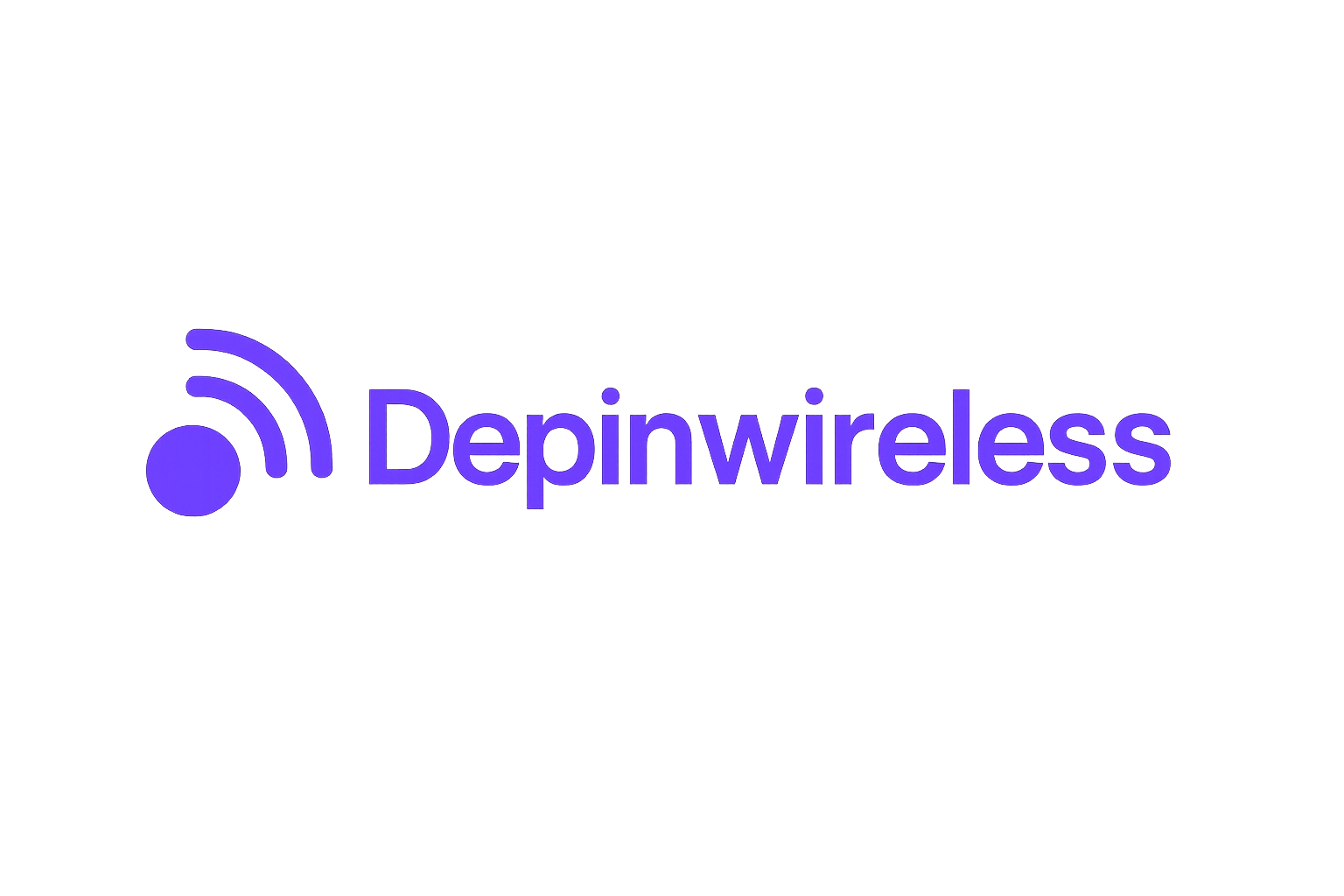
In 2025, decentralized 5G networks powered by blockchain technology are reshaping the wireless landscape, offering unprecedented levels of security, transparency, and operational agility. The convergence of these technologies is not just a theoretical promise but a rapidly maturing reality, with over 50 telecom operators already leveraging blockchain-based smart contracts for roaming and billing. As the industry pivots from legacy infrastructure to more open, programmable architectures, the opportunities for innovation and disruption are immense.
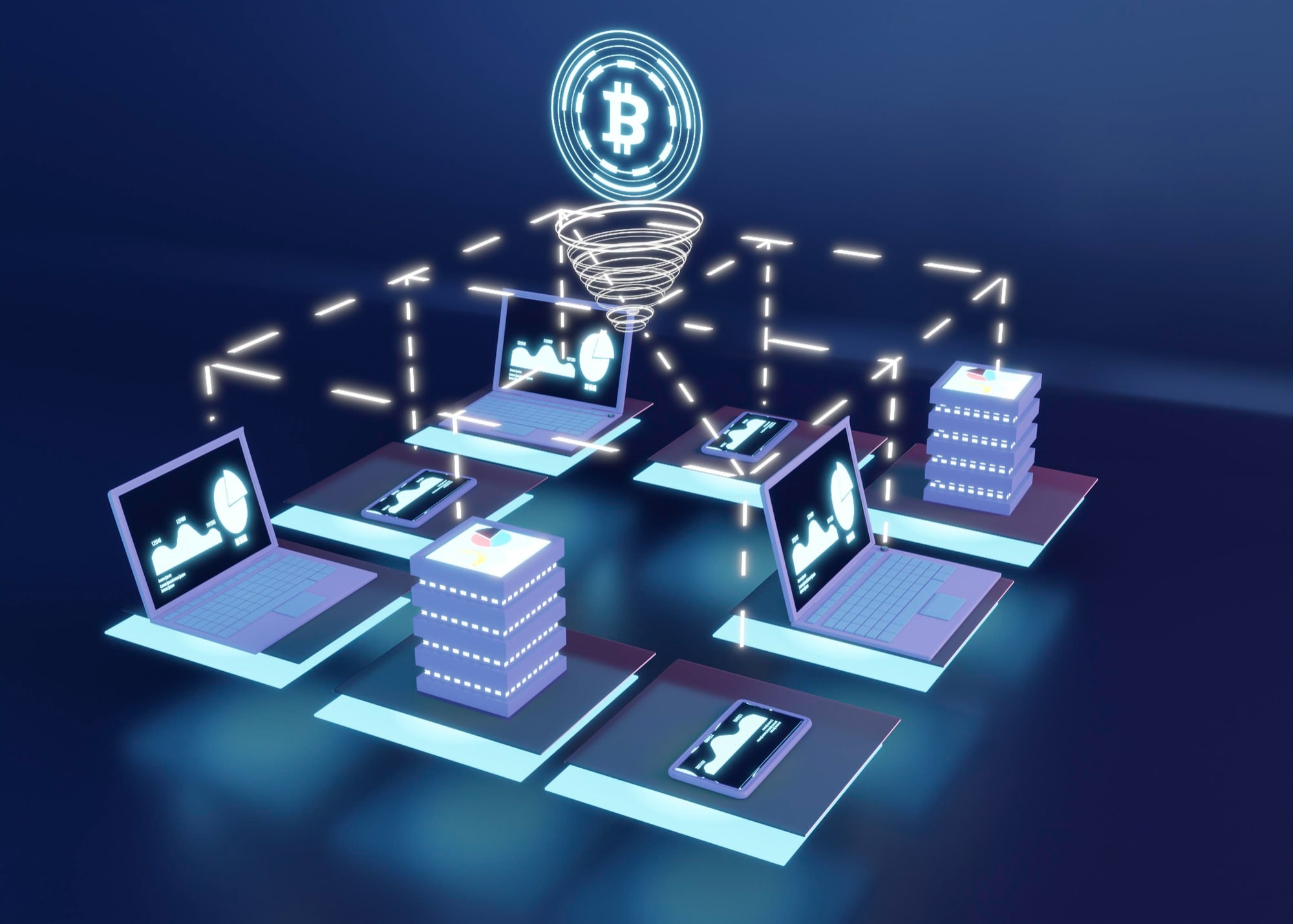
Security and Privacy: Blockchain’s Decisive Role in 5G
Security remains the Achilles’ heel of traditional telecom networks. In contrast, decentralized 5G networks utilize blockchain’s immutable ledger and cryptographic mechanisms to fortify data privacy and integrity. For example, the B5GRoam framework employs zero-knowledge proofs to authenticate usage claims without disclosing sensitive subscriber data, a critical requirement for privacy-centric markets. This approach mitigates risks of fraud and unauthorized access that have long plagued centralized systems.
The impact is quantifiable: according to recent studies, operators deploying blockchain-based authentication have seen a measurable reduction in SIM swap attacks and fraudulent roaming claims. As IoT device proliferation accelerates (with tens of billions of endpoints expected by 2027), secure device onboarding via blockchain becomes essential for sustaining trust across massive-scale wireless environments.
Smart Contracts: Automating Roaming and Billing at Scale
The administrative complexity of international roaming agreements has historically burdened operators with manual reconciliations and opaque settlement processes. Blockchain disrupts this paradigm through self-executing smart contracts that automate billing based on real-time usage data. In practice, this means faster settlements, reduced disputes, and significant cost savings, up to 35% reduction in administrative overhead, as documented by leading telecom consortiums.
This automation is not just about efficiency; it also introduces new business models such as micro-roaming and dynamic spectrum sharing marketplaces. Projects like TRADE-5G illustrate how decentralized platforms can enable transparent resource trading among network participants while mitigating risks like double-spending or denial-of-service attacks through consensus-driven validation.
Decentralized Management for Dynamic Spectrum Sharing
The promise of blockchain wireless technology extends beyond security and billing into the realm of decentralized network management. Blockchain enables distributed control over spectrum allocation, crucial for supporting diverse applications from industrial automation to connected vehicles. Dynamic spectrum management (DSM) powered by blockchain allows stakeholders to lease or trade unused bandwidth in near real time without relying on a central authority.
This capability supports efficient network slicing, partitioning physical networks into multiple virtual ones tailored for specific use cases, which is foundational for delivering differentiated services in the DePIN Wireless 2025 era. The result is not only better resource utilization but also increased resilience against single points of failure or targeted cyberattacks.
Yet, as the decentralized telecom ecosystem matures, several technical and operational hurdles persist. Scalability remains a primary bottleneck. The sheer volume of microtransactions generated by billions of devices, each requiring verification and settlement, pushes conventional blockchain protocols to their limits. Emerging solutions such as sharding, sidechains, and layer-two rollups are rapidly gaining traction, but their real-world performance in production-grade 5G environments is still under close scrutiny by industry analysts.
Regulatory uncertainty also looms large. While blockchain offers transparency and auditability, only 17 out of 78 countries have enacted comprehensive legal frameworks to govern its use in telecom. This fragmented landscape complicates cross-border service delivery and creates compliance risks for operators investing in blockchain 5G connectivity. Regulatory sandboxes and public-private partnerships are beginning to address these gaps, but harmonization remains an ongoing process.
Another significant challenge is the integration with legacy infrastructure. Many established operators face steep upgrade costs, ranging from $500,000 to $5 million per deployment, to retrofit existing systems with blockchain layers. Over 55% of telecom companies cite budget constraints as a limiting factor for large-scale adoption. This has led to hybrid models where blockchain-powered modules are incrementally layered onto traditional OSS/BSS stacks rather than full rip-and-replace migrations.
The proliferation of IoT devices introduces further complexity. While blockchain’s cryptographic guarantees are ideal for secure device authentication and data integrity, most IoT endpoints are resource-constrained and unable to run heavyweight consensus algorithms. As a result, lightweight protocols, optimized for low-power chips, are being developed to extend decentralized trust without overwhelming device hardware or draining batteries.
Top 4 Opportunities & Challenges in Decentralized 5G (2025)
-
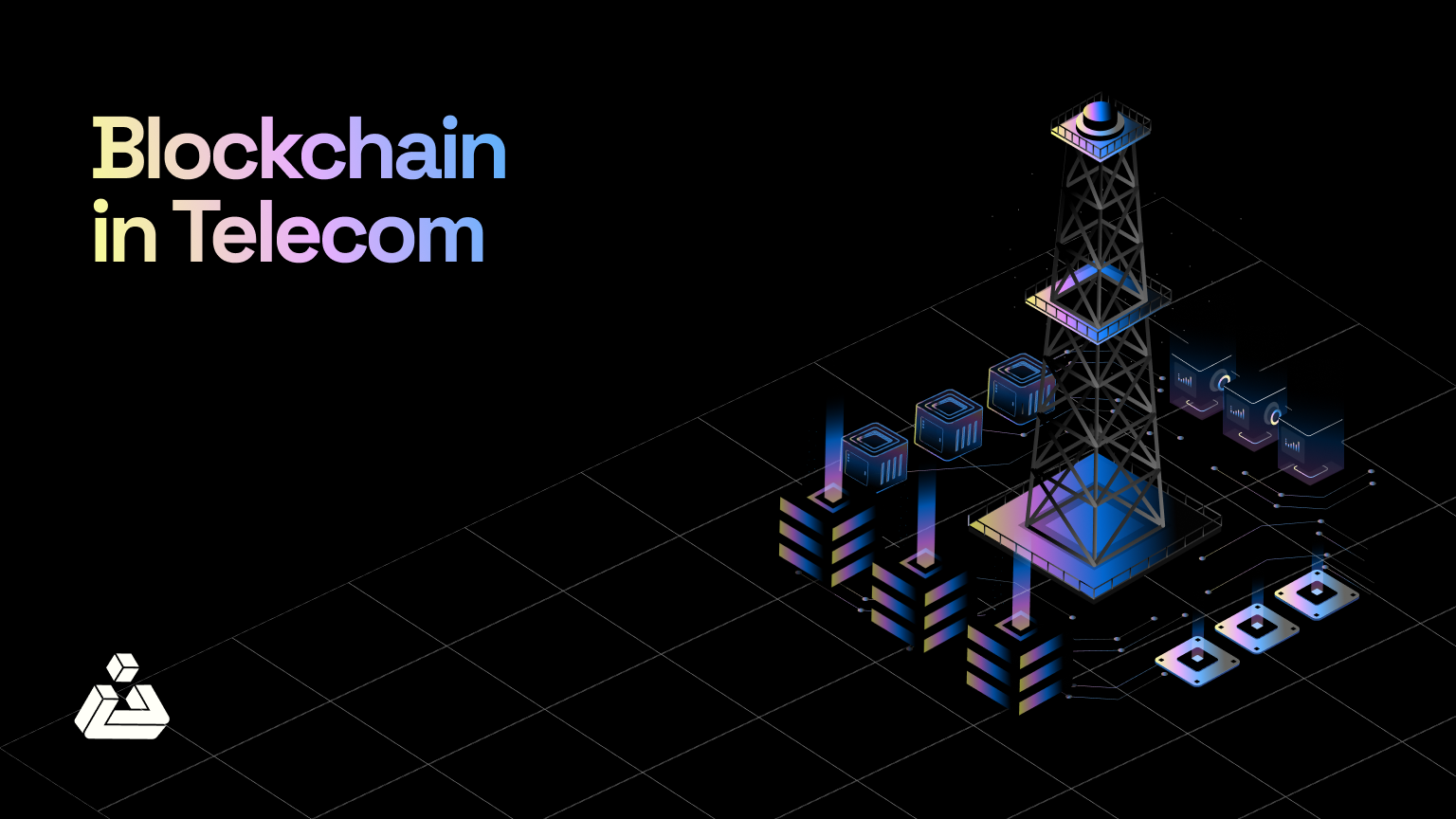
Enhanced Security & Privacy with Blockchain: Blockchain’s immutable ledger and cryptographic protocols significantly strengthen 5G network security. Frameworks like B5GRoam employ zero-knowledge proofs, enabling secure authentication and privacy-preserving roaming settlements without exposing sensitive user data.
-
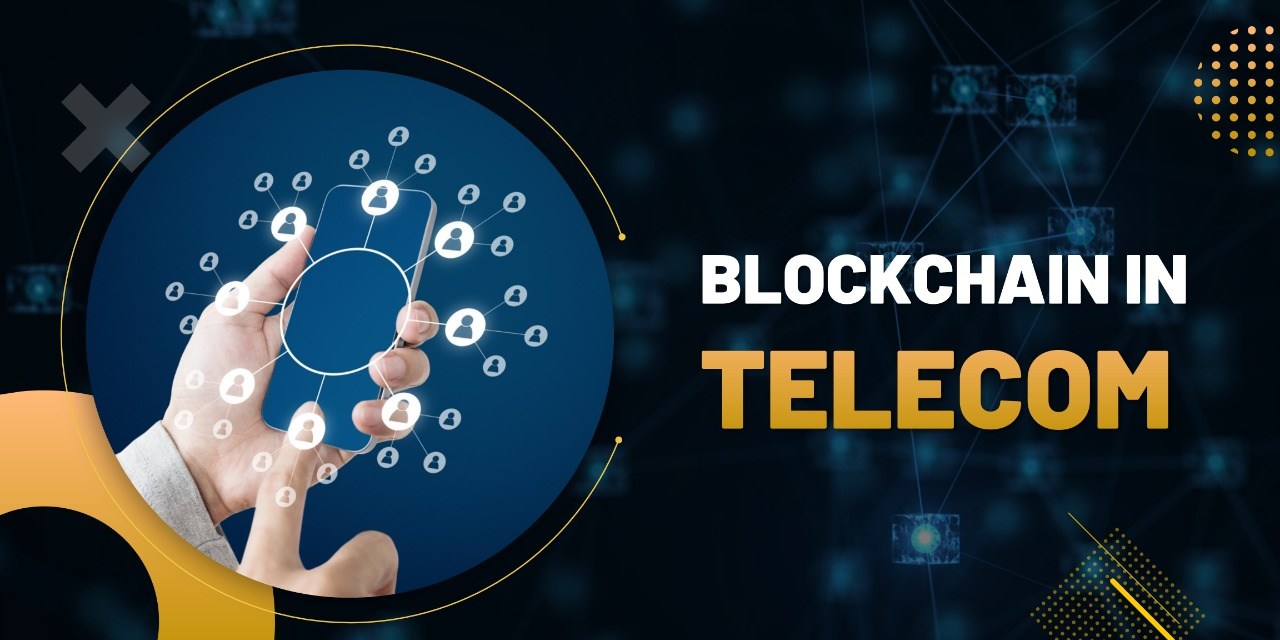
Efficient Roaming & Billing via Smart Contracts: Smart contracts automate and streamline roaming agreements between telecom operators. In 2025, over 50 operators have adopted blockchain-based smart contracts, achieving up to 35% reduction in administrative costs for cross-network billing.
-
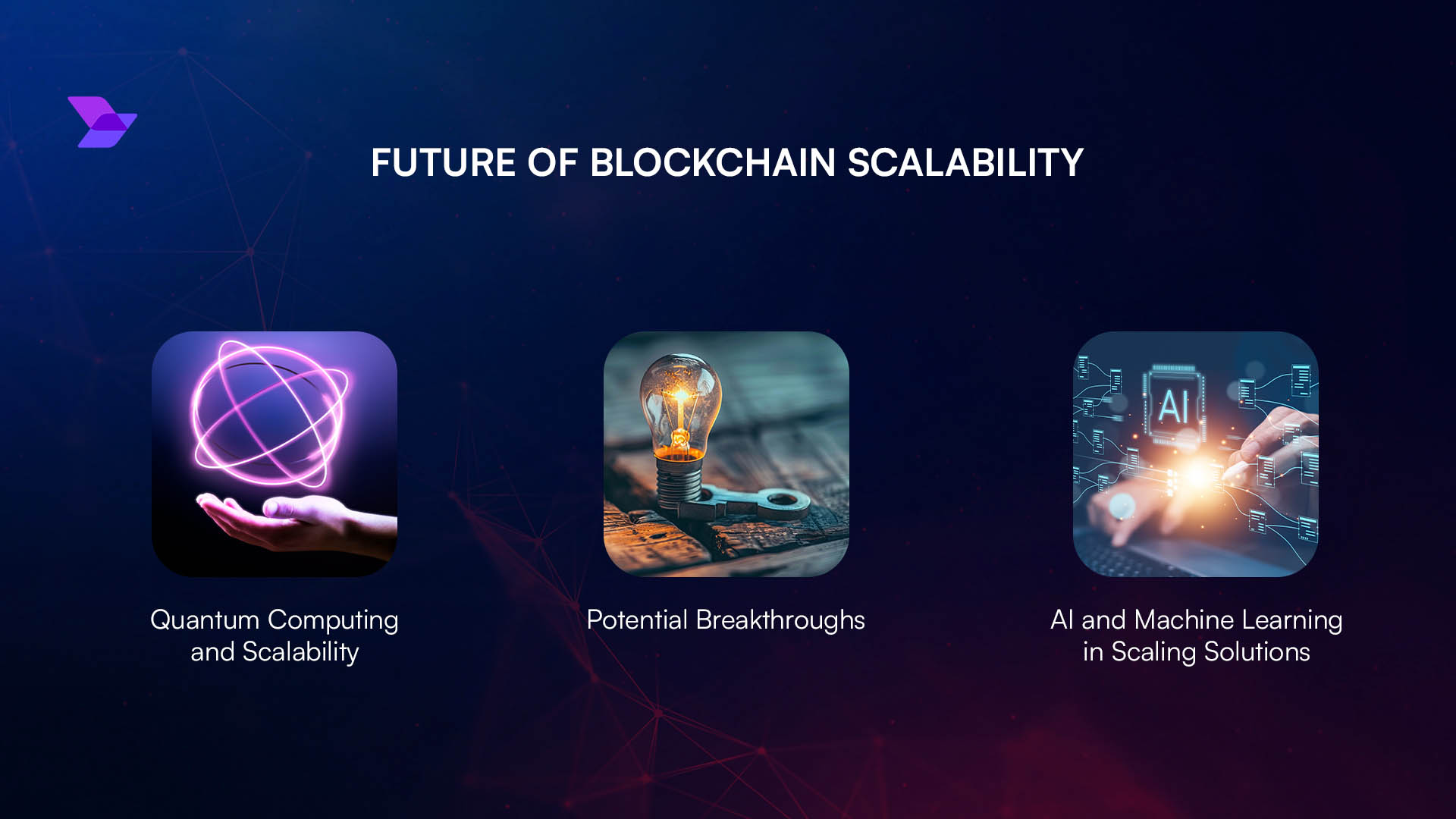
Scalability Challenges in High-Volume 5G Networks: The massive transaction throughput demanded by 5G networks strains current blockchain platforms. Solutions like sharding and layer-two protocols are under development to address these scalability and latency issues.
-
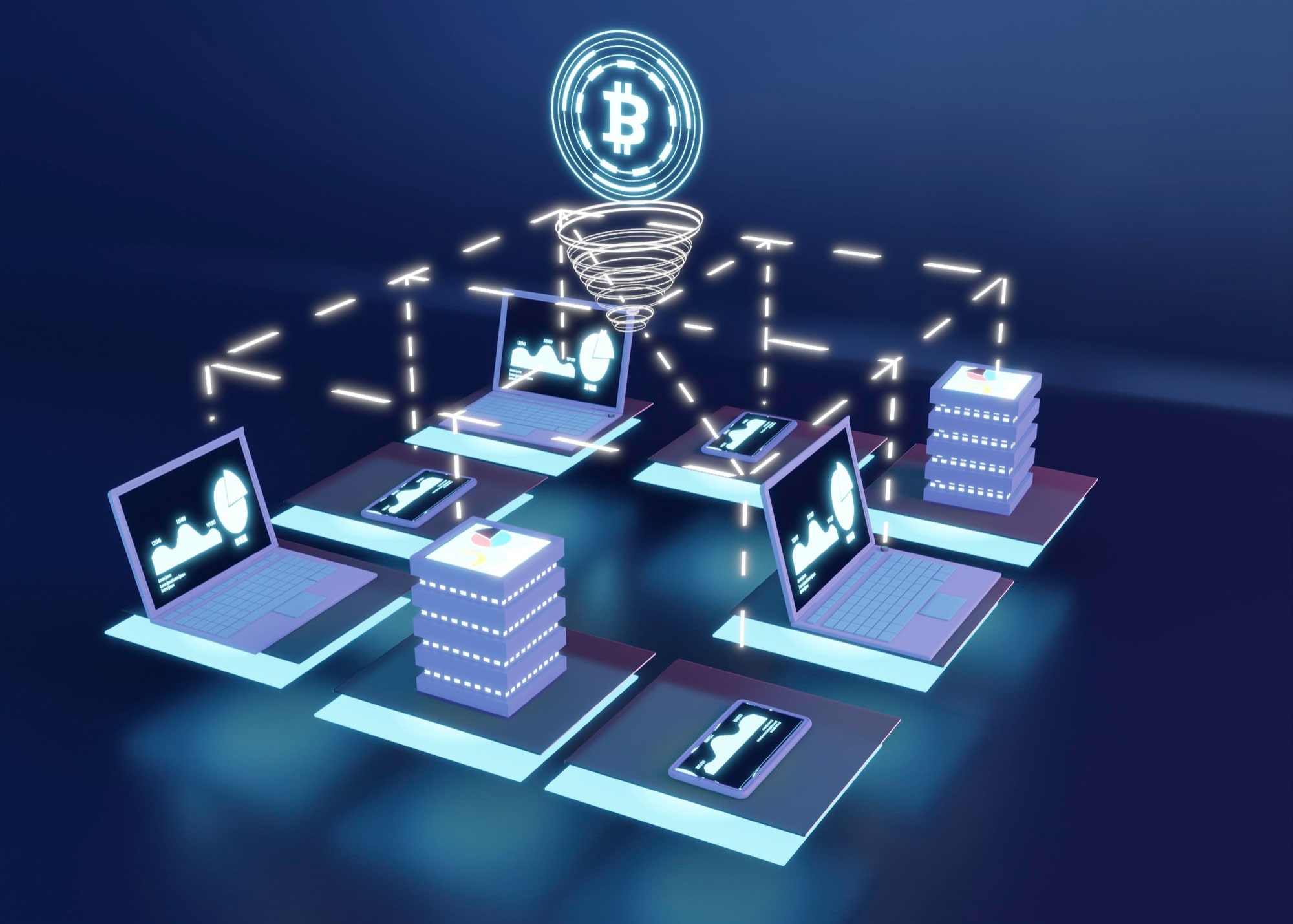
Integration Hurdles with Legacy Telecom Systems: Upgrading existing telecom infrastructure to support blockchain is complex and costly. Over 55% of telecom companies cite budget constraints, with integration costs ranging from $500,000 to $5 million per deployment in 2025.
Synergies with AI and Future Outlook
The convergence of blockchain wireless technology with artificial intelligence is poised to unlock even greater value across DePIN Wireless 2025 deployments. AI-driven analytics can optimize smart contract execution, predict network congestion before it occurs, and dynamically allocate spectrum based on real-time demand signals, all while maintaining an auditable record on-chain. Autonomous vehicles, industrial robotics, and immersive AR/VR experiences stand to benefit from this synergy through ultra-reliable low-latency connectivity underpinned by transparent governance.
The future trajectory points toward fully programmable networks where users can provision services on demand via decentralized marketplaces, trading bandwidth or compute resources peer-to-peer without intermediaries. This vision is already materializing in pilot projects across Asia-Pacific and Europe, setting the stage for global expansion as standards mature.
The road ahead is not without obstacles, but the momentum behind decentralized 5G networks is unmistakable. As technical challenges are resolved and regulatory clarity improves, expect more operators to transition toward open architectures that harness blockchain’s strengths for secure, scalable connectivity at the edge.
